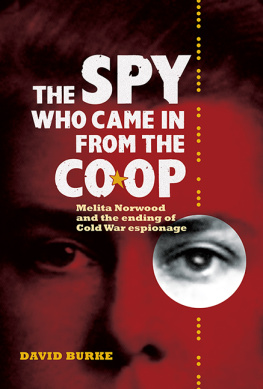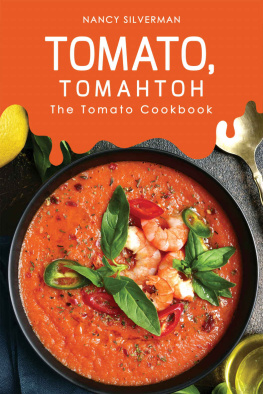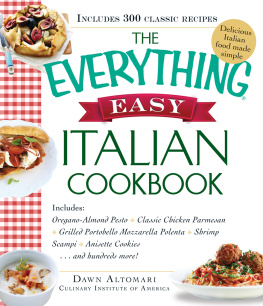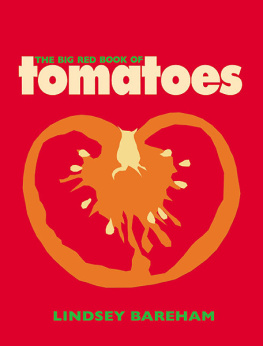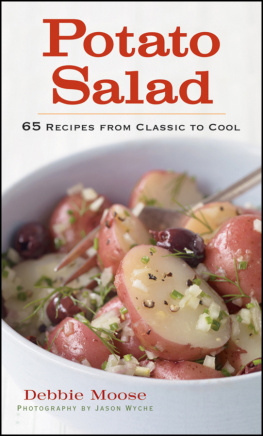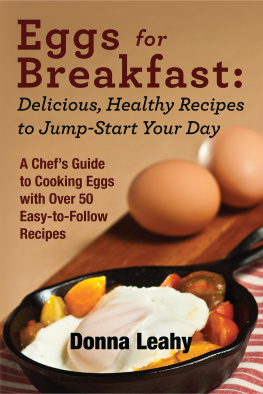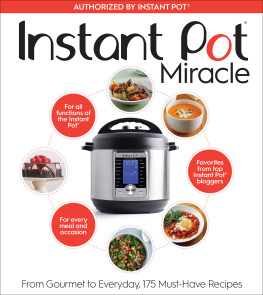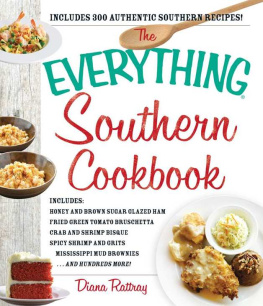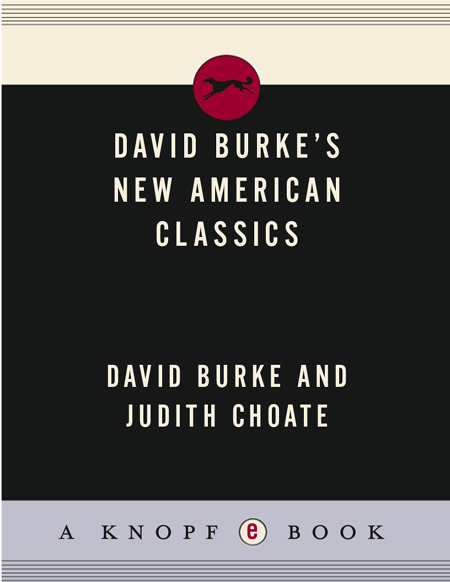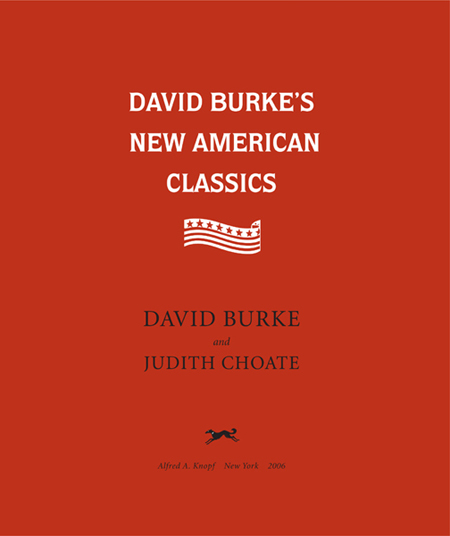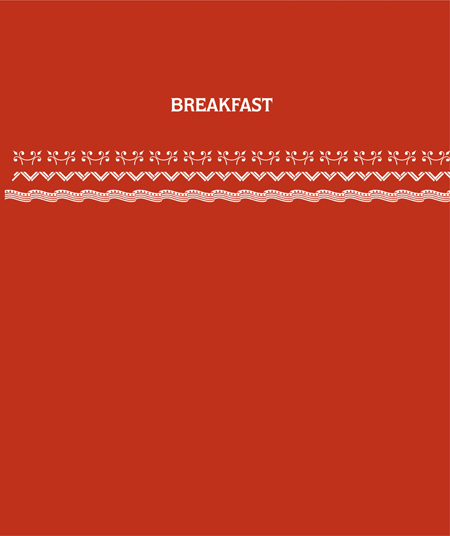Introduction
The classic recipes that so embody American cooking have their roots firmly planted in the hearty meals of our past. But because contemporary American cuisine has absorbed so many international influences, cooking here has moved far from its meat-and-potatoes heritage. And yet, whenever I want comfort and welcome at the table, I find myself returning to the simple and basic home cooking, such as the roast chicken, meatloaf, or apple pie that I first enjoyed at my mother's table. I admit, however, that I always put my own stamp on those tried-and-true classics.
Just as a chef must master the basics of French cuisine early in his or her career, it is necessary for the home cook to master these American classics before moving on to the more elaborate dishes of contemporary American cuisine. As I began this book, my aim was to revisit those classics and to imbue them with some contemporary flavor and zest. In doing so, however, it became clear to me that with further variations I could help you create haute cuisine. The basic recipe could be built into something a bit more speciala midweek dinner turned into great Saturday night dinner-party fare.
Along with creating these New American Classics, it seemed only right to devise some new methods of using the incumbent leftovers. So I've created Second Day Dishes using some elements of a previous classic meal for a repast just as interesting and inviting as the dish from which it was derived.
Thus, throughout the book, I have offered what I hope are helpful hints for thinking about creating three meals from each classic. That should help you cut down on your time devoted to shopping, and in prep time as wellbuying and roasting two chickens at once, one designated for a Second Day Dish, for example.
Some of my classic dishes in their initial stages, as I said, will remain much as they have always been, with minimal innovation like my recipe for Roast Chicken Farmhouse Style. On the other hand, my Not-So-Basic Meatloaf incorporates new flavors and presentation that are designed to help you create a new classic.
I have tried here to elicit the essence of each classic dish. I have looked at the beginnings and the evolution of the classic American repertoire. When I introduce a new note into a time-honored recipe, I always remain faithful to its basic conception. Of course, changing times and tastes are also reflected in the natural progression of a recipe so that ingredients and methods once unavailable or misunderstood are now easily incorporated into the classic style. Health concerns, the availability of international ingredients, both fresh and processed, and modern kitchen appliances have each played a part in the transformation of a classic into a New American Kitchen Classic. And, all of these components assist in the transformation of a classic into contemporary fine dining and then into a Second Day Dishall, I hope, New American Classics.
D AVID B URKE
2005
N ot so very long ago, for many people, labor was hard and demanding, with work beginning at dawn, so that a hearty, nourishing meal was a necessary beginning to difficult twelve-or fifteen-hour days. Meat and starch were featured with fruit, dairy, and sometimes even vegetables as side dishes. The foods were often grown, raised, or created by those who consumed them with only a few items purchased to fill out the larder. That was certainly a long, long way from an Egg McMuffin and a Styrofoam container of coffee to go.
So much convenience has replaced the slow-cooked and lovingly prepared breakfasts of the past. Oatmeal and other hot cereals are now either in ready-to-eat packets or are instant preparations. Juice is either frozen or in ready-to-pour cardboard containers. Potatoes come precut, precooked, or preseasoned. Eggs and typical breakfast meats are considered taboo by many because of cholesterol and fat concerns. In addition, every fast-food stop, convenience store, gas station, and corner deli features its own version of a quick-and-easy breakfast. Health concerns quickly get lost in all of this convenience.
For me, a quietly eaten, balanced breakfast offering some protein, fiber, and carbohydrates with a little fat and cholesterol is far better for your health and mental state than a doughnut and coffee on the run. It always stays with you for a better part of the day with no midmorning hunger pangs leading you to a quick fix at a snack bar.
Unfortunately, nowadays, about the only time a good, solid breakfast is eaten is late in the morning on weekends when it's no longer called breakfast. Either at home or in a restaurant, brunch has become a very social occasion with hearty main courses and, often, an appetizer and dessert added to make a many-course meal. The food is often preceded by light cocktails, whereas the farmer of yore might have ended his hearty breakfast with a stiff shot of whiskey or brandy to warm his body before going out to work.
For me, nothing is better than a hearty meal early in the morning with my children. Many of the recipes that follow come from just such times. My boys have enormous appetites, and I'm always trying to think of new ways to satisfy them. And I often make more than necessary because many Second Day Dishes have evolved from my own, at-home, breakfast repertoire.
BACON AND EGGS
I've gathered some pretty basic and familiar ingredients to create my first breakfast classics. One of my favorites, Eggs Benedict, has been on American menus for almost one hundred years. To me, it perfectly combines American ingenuity with some fine, French touches. In France, I never saw hollandaise sauce in the morning, nor did I see English muffins on those magnificent hotel buffets in Great Britain. Somehow, an American cheflegend says it was a chef at the grand, turn-of-the-century Delmonico's Restaurantdevised the dish for a demanding client named Mrs. Benedict and pulled many ordinary components together to make a delicious, now-classic, breakfast-brunch dish.
The egg is, to me, a perfect food. A total meal in its own container. Eggs are high in cholesterol, fat, and sodium, so they have come in for much criticism. I personally feel that they can be enjoyed on an occasional morning. As with all things in life, moderation is the key.
The evolution of the Contemporary and Second Day Dishes becomes pretty clear when you think of the way we now eat. The Contemporary Dish brings together the elements of Eggs Benedict in an up-to-date fashion and then adds a little ethnic splash with a Latino salsa. The Second Day Dish uses a bit from both dishes to make an easy but very au courant meal.


